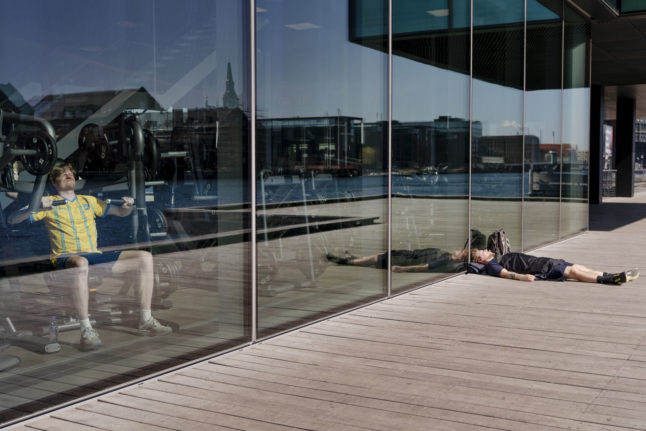Budget negotiations
The new parliamentary year doesn’t begin until October, but you can expect talks about next year’s budget to begin to ramp up after the government presented its draft financial plan for 2024 at the end of August.
The draft budget offers additional commuter subsidies in rural areas and cheaper ferry tickets, along with spending on mental health care and other areas.
There’s a 500 million kroner “negotiable reserve”, a pool of money in the budget that can be allocated at a later date based on agreements between parties. Opposition parties are customarily invited to talks with the government to decide on how this money will be spent.
Anti Quran-burning law could come into force
After the government in August proposed a new law that would ban burnings of the Quran and other “objects of significant religious importance to a religious community”, the law could be passed in September if its passage through parliament is expedited.
Once in effect, the law could see people who burn the Quran in public punished with up to two years in prison.
The government bill is to go through a four-week consultation phase and could be voted on when parliament opens for the autumn session on October 3rd.
But given the risk “the situation can quickly change”, the Justice Ministry has also said it could table the bill on September 1st so it can “be processed and adopted before the end of the [current] parliamentary year”.
READ ALSO:
- EXPLAINER: Can Denmark make it illegal to burn holy texts?
- Why has Denmark not raised terror threat level like Sweden?
Copenhagen’s car-free and anti-crime nightlife zones stay in place for the foreseeable future
Copenhagen Police is to retain so-called ‘nightlife zones’, alongside a ban on driving in the zones at night, until June 2025.
The limit on cars on narrow streets in areas thronging with bars and clubs was first introduced on June 1st in a bid to crack down on nighttime public disturbances.
People with certain types of convictions, such as violence or weapons possession, and bans from nightlife are meanwhile not permitted within anti-crime zones or to visit bars or other establishments there between midnight and 5am.
The zones, which had been set to expire in mid-September, will now be enforced for the next two years, Copenhagen police have confirmed.
READ ALSO: Copenhagen keeps car-free and anti-crime nightlife zones
Early autumn events
There are plenty of events to keep you entertained during the first month of autumn, catering to various tastes.
For example, international children’s film festival Buster starts in Copenhagen on September 25th, filling the capital’s cinemas with Danish and international movies for kids.
The Fredensborg Slotsmarked (Fredensborg Palace Market) on September 9th brings local foods and drink, art, design, antiques, furniture, clothes and toys to a large flea market on the doorstep of the royal residence in northern Zealand.
If you’re of an active nature, the Copenhagen Half Marathon (September 17th) usually brings a great atmosphere to the city’s streets, not to mention around 25,000 runners. The route is fast: a men’s world record was set by Kenyan athlete Geoffrey Kamworor during the 2019 edition.
Is there anything you think should be added to this article? Let us know.



 Please whitelist us to continue reading.
Please whitelist us to continue reading.
Member comments